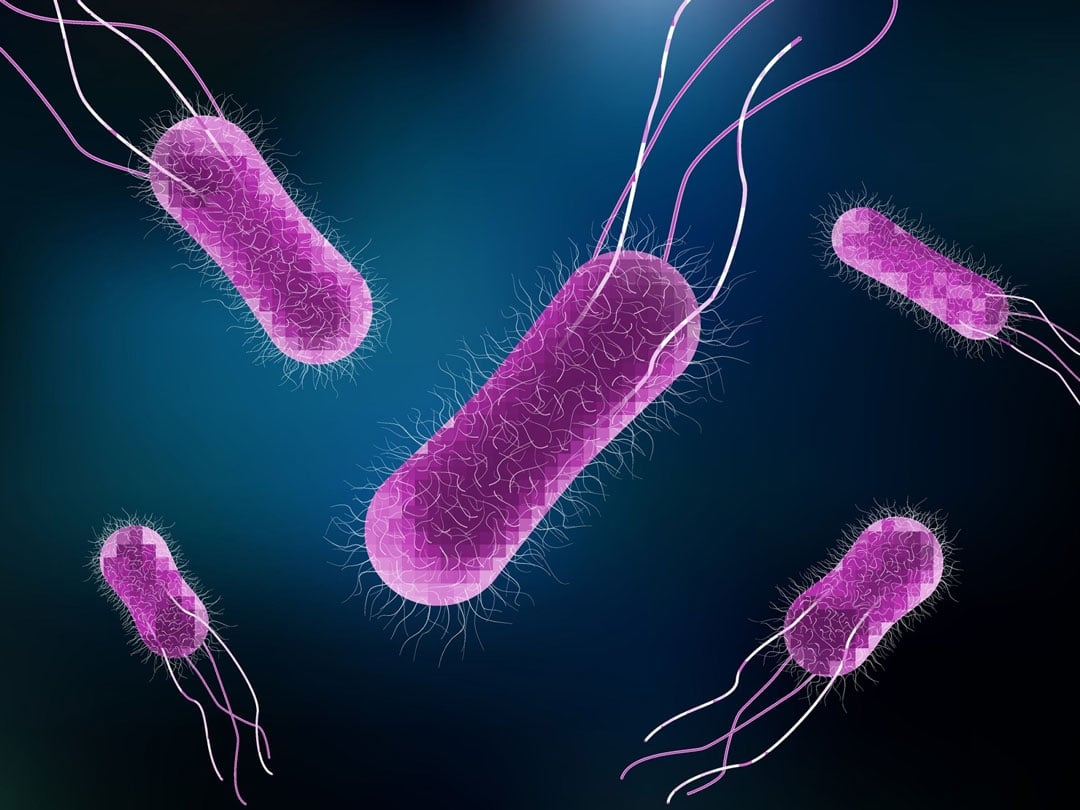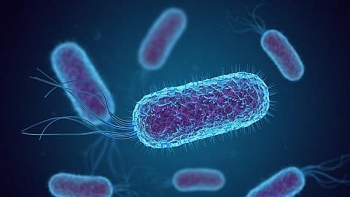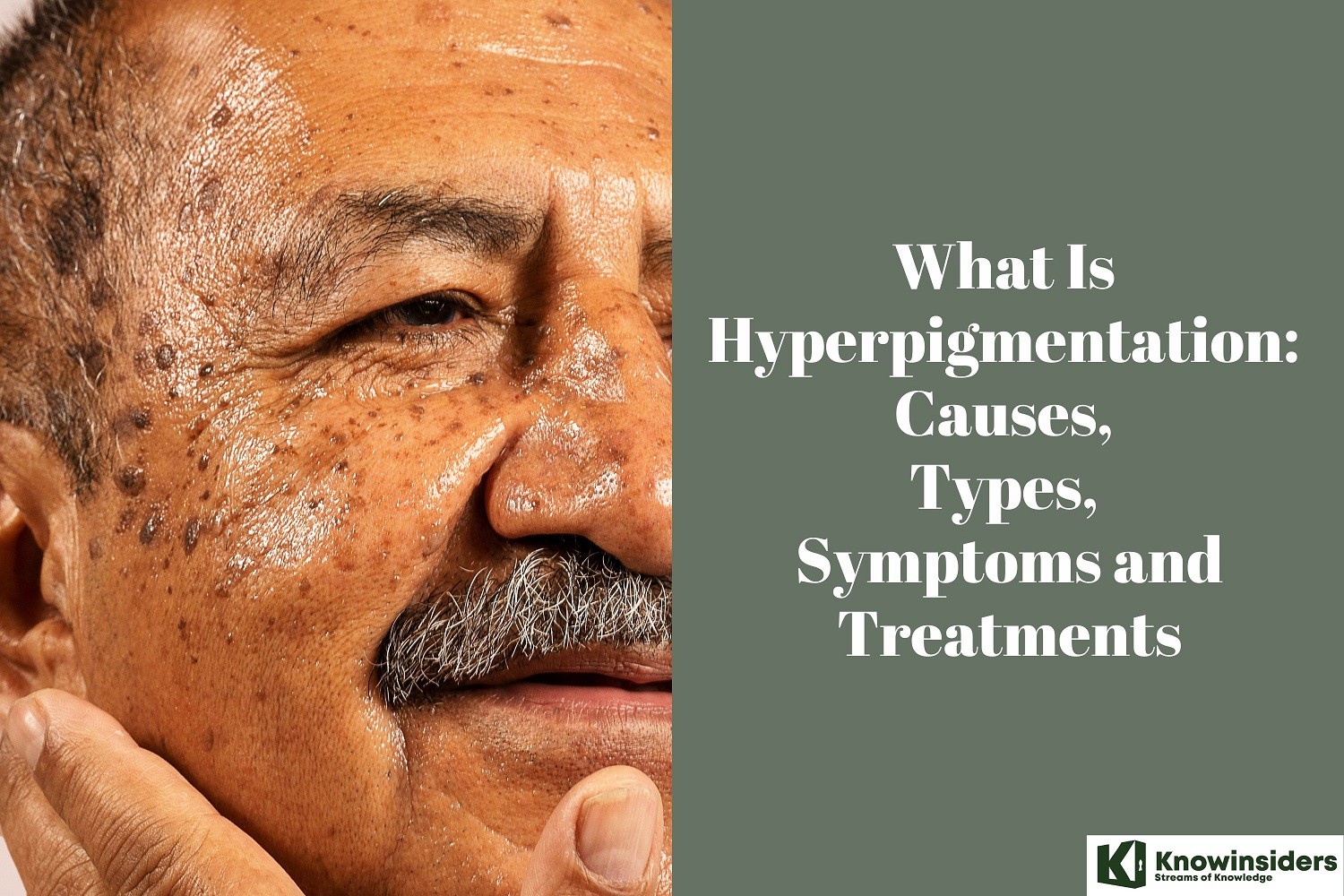What is Salmonella (Salmonellosis): Causes, Symptoms and Treatment
| Table of Content |
What Is Salmonella?
Salmonella is the type of bacteria that’s the most frequently reported cause of food-related illness in the United States. You can’t see, smell, or taste it. Illness from these bacteria is officially called salmonellosis.
How Common Is Salmonella?Salmonella infections are very common. When people talk about salmonella, they usually talk about food poisoning. Tens of millions of cases are reported around the world every year. In severe cases, you need to go to the hospital. Rarely, it can be life-threatening. Infections are more common in the summer than the winter. This is because salmonella grows quickly in higher temperatures, when food isn’t refrigerated. |
Causes of Salmonella
People and animals can carry salmonella in their intestines and their feces. The bacteria often spread through contaminated foods. Common food sources of salmonella infection include:
- Raw and undercooked meat, including chicken, turkey, duck, beef, veal, and pork
- Raw fruits or vegetables
- Unpasteurized milk and other dairy products, including soft cheese, ice cream, and yogurt
- Raw or undercooked eggs.
- Processed foods like chicken nuggets and nut butters
You can also get salmonella directly through:
- Poor handwashing. You might pass along the bacteria by not washing your hands well after using the bathroom or changing a diaper.
- Pets. Animals like dogs, cats, birds, and reptiles can carry the bacteria.
Salmonella Poisoning Symptoms
Most of the signs and symptoms of a salmonella infection are associated with stomach including:
- Cramps in your stomach
- Bloody poop
- Diarrhea
- Cold and chills
- Fever
- Headache
- Upset stomach
- Throwing up
Symptoms tend to start 8 to 72 hours after infection. Most symptoms usually don’t last more than a week, but it can take several months for your bowel movements to get back to normal.
See your doctor if you’re still having general symptoms more than a week after first getting the infection.
A young child, an older adult, or someone who has a weakened immune system should see a doctor if they have any of these symptoms for more than a couple of days:
- Bloody poop
- Ongoing high fever
- Dehydration, when they’ve lost too much fluid. Signs include peeing only in small amounts, a dry mouth, and sunken eyes.
 |
| Photo: Internet |
Salmonella Complications
You can become dehydrated if you don’t get enough fluids to replace what you lose because of diarrhea.
A few people who get a salmonella infection also get pain in their joints. You might hear a doctor call it reactive arthritis or Reiter’s syndrome. It can last several months or longer. This condition can also cause pain while peeing and itchy, stinging, or sore eyes.
If the salmonella infection gets into your blood, it can infect other parts of your body, including:
- The tissues around your brain and spinal cord
- The lining of your heart or heart valves
- Your bones or bone marrow
- The lining of your blood vessels
Salmonella Diagnosis
Your doctor may have you take blood tests, or they might ask for a sample of your poop.
Sometimes, they may want to do testing to figure out the exact kind of bacteria you have. This can help health officials trace the source if there’s an outbreak in your area.
Salmonella Treatment
For healthy adults: If you have diarrhea, drink a lot of water and other fluids. Your doctor might suggest that you drink a rehydration liquid like Pedialyte or take a medication like loperamide (Imodium) if your diarrhea is severe.
If your doctor confirms that you have a salmonella infection, they might prescribe antibiotics. Take them exactly as directed, and be sure to finish the prescription.
For children: If your child has a healthy immune system, the doctor might just let the infection run its course. If they have a high fever, you may want to give acetaminophen. As with adults, they should drink lots of water.
In special cases: Infants, the elderly, and people who have weakened immune systems may need antibiotics.
Salmonella Prevention
Avariety of foods can carry Salmonella so you should follow these instructions to get risk of the harmful bacteria.
- Don’t eat raw or barely cooked eggs or meat.
- Don’t eat or drink anything with unpasteurized milk or juice.
- Don’t wash raw poultry, meat, or eggs before cooking.
- Wash raw fruits and vegetables well, and peel them if possible.
- Don’t prepare food for other people if you’re vomiting or have diarrhea.
- Refrigerate food properly, both before cooking it and after serving it.
- Wash your hands carefully with soap and warm water before and after handling food.
- Keep kitchen surfaces clean before preparing food on them.
- Don’t mix cooked food with raw food or use the same utensils to prepare them. For example, don’t use the same knife to cut raw chicken and then to slice mushrooms, and use different plates or cutting boards to slice them on.
- Cook meat to its correct minimum temperature. Use a food thermometer to be sure.
- Wash your hands with soap and water after touching animals, their toys, and their bedding.
 What is E. coli: Symptoms, Sauses and Treatment What is E. coli: Symptoms, Sauses and Treatment Only a few strains of E. coli trigger diarrhea. The E. coli O157:H7 strain belongs to a group of E. coli that produces a powerful ... |
 What is Shigellosis: Symptoms, Treatment and Prevention What is Shigellosis: Symptoms, Treatment and Prevention Shigellosis is a bacterial infection that affects the digestive system. The Shigella bacterium is spread through contact with contaminated feces. |
 Top 10 Best Magic Foods To Prevent Cancer And Fact-Check Top 10 Best Magic Foods To Prevent Cancer And Fact-Check Foods play an important part in our health and lifestyle. These superfoods can help you greatly in cancer treatment and prevention, and give you a ... |
 What is Gonorrhea: Symptoms and Best Treatment What is Gonorrhea: Symptoms and Best Treatment Gonorrhea is a common sexually transmitted infection (STI). It’s caused by infection with the bacterium Neisseria gonorrhea. |


























